In a time dominated by fast-paced internet, tablets, and hyper-realistic virtual reality, it becomes challenging to fathom contemporary youngsters being engaged with the same games that fascinated children of the ’90s.
Back in the day, if you wanted to use the world wide web, you had to wait an uncertain amount of time either for someone to get off the phone or for the Internet to load.
To make matters worse, you had to listen to the computer make this horrible beeping and screeching sound while you waited for the dial-up connection to go through.
Luckily, for ’90s kids, there were plenty of exciting board games, video games, and computer disc games that didn’t require using the Internet.
In this article, you can hop on the nostalgic train and go on a journey down memory lane. You will be reminded of some of those favorite childhood memories hidden in the crevices of your mind.

The Oregon Trail 3rd Edition
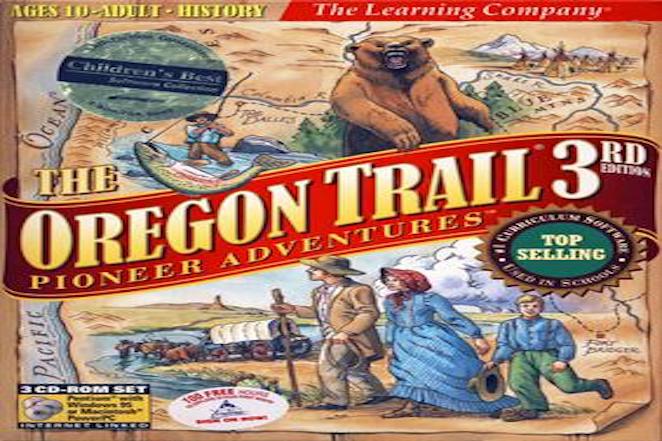 http://fourthgradegingerich.weebly.com/oregon-trail-game.html
http://fourthgradegingerich.weebly.com/oregon-trail-game.html Playing The Oregon Trail as a child was like no other experience. It transported you back in time to the 1800s and submerged you into what life would have been like for the pioneers.
In the game, you had to hunt and learn the art of bartering. The game also gave you real-life challenges to face, such as protecting you and your family from snakebites, exhaustion, measles, and death.
The Oregon Trail computer game was originally released in 1974 but was redeveloped by MECC and released again in 1997.
Tamagotchi Electronic Game
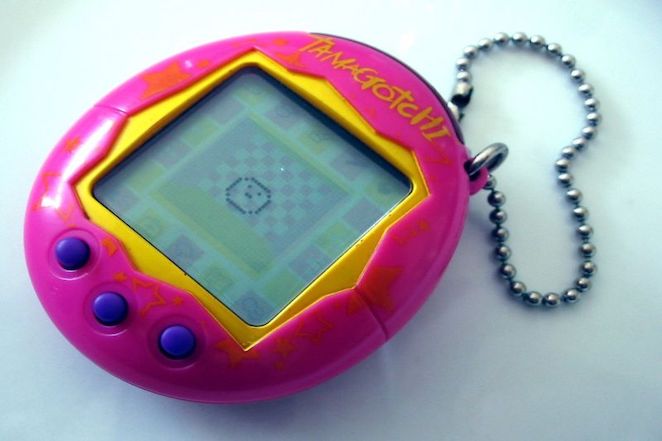 https://www.amazon.com/Electronic-Pets-Tamagotchi-Kids-Electronics/s?rh=n%3A166178011%2Cp_lbr_characters_browse-bin%3ATamagotchi
https://www.amazon.com/Electronic-Pets-Tamagotchi-Kids-Electronics/s?rh=n%3A166178011%2Cp_lbr_characters_browse-bin%3ATamagotchi For many ’90s kids, their first pet was actually a handheld, egg-shaped keychain. Tiger Electronics released the small vertical pet device in 1997.
The game gave kids virtual responsibilities. Players had to discipline, play, walk, and clean up after their pets.
The electronic game quickly became the new craze and almost every child had an electric egg-shaped keychain clipped to their backpack.
Mortal Kombat
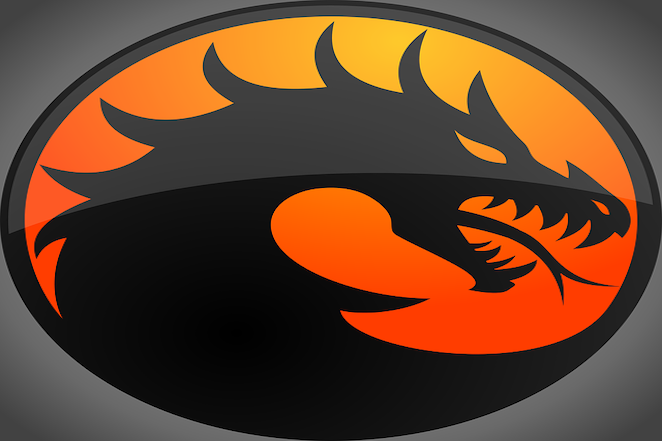 https://arcadespot.com/game/street-fighter-2-the-world-warrior/
https://arcadespot.com/game/street-fighter-2-the-world-warrior/ Imagine being able to play your all-time favorite arcade game in the comfort of your own home.
In 1992, Acclaim Entertainment, an American video game developer, released a version of Mortal Kombat that could be played on a Super Nintendo.
Kids all across the nation were now able to battle Tsung’s super secret tournament from their living room.
I Spy Spooky Mansion
 http://www.scholastic.com/ispy/videogames/
http://www.scholastic.com/ispy/videogames/ The I Spy Spooky Mansion computer game is based on Scholastic I Spy children’s books. It was created in 1999 by the same company.
The computer game revolves around finding a list of objects hidden in each room in the haunted house.
Once you successfully uncover all the objects in the room, you are then given a piece of the puzzle. The spooky search-and-find game kept children entertained for hours.
Where in the World is Carmen Sandiego?
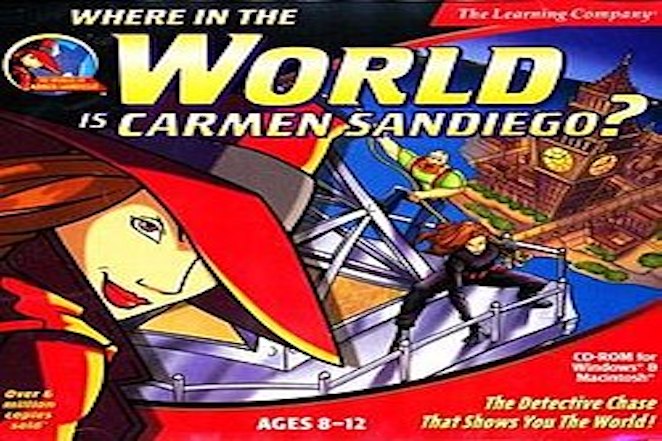 https://en.wikipedia.org/wiki/Where_in_the_World_Is_Carmen_Sandiego%3F_(1985_video_game)
https://en.wikipedia.org/wiki/Where_in_the_World_Is_Carmen_Sandiego%3F_(1985_video_game) Before many of us even heard of James Bond, there was Carmen Sandiego.
Where in The World is Carmen Sandiego? is an adventurous video game based off of the original ’90s cartoons. The computer game version was released in 1996.
The game starts you off as a rookie detective where your mission is to help Sandiego track down stolen famous works from all around the world.
Free Cereal Box Computer Games
 https://www.kotaku.com.au/2017/07/the-best-games-in-cereal-boxes/
https://www.kotaku.com.au/2017/07/the-best-games-in-cereal-boxes/ It’s unfortunate that children these days will never experience the pure excitement of getting a free computer game with their box of Kellogs cereal.
One of the most popular free cereal games was The Game of Life. Most children at that time were already familiar with the board game version.
However, the computer version wasn’t only visually stimulating, but it also allowed kids to play the game as a single player.
Roller Coaster Tycoon
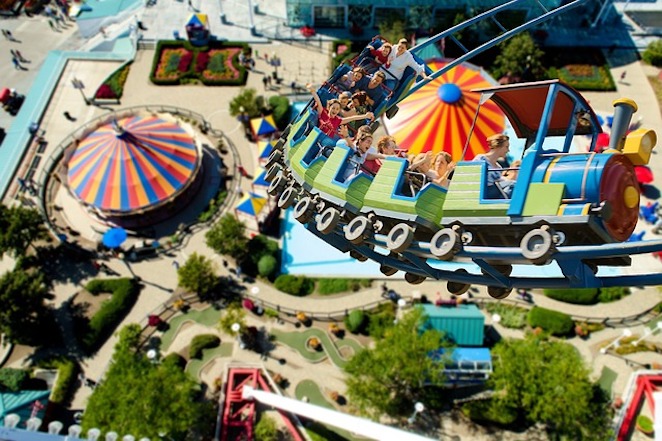 http://www.rollercoastertycoon.com/
http://www.rollercoastertycoon.com/ Roller Coaster Tycoon was released in 1999 and it immediately skyrocketed into popularity.
The computer game transformed children into theme park entrepreneurs. It allowed players to choose from different landscapes, shops, and decorations.
One of the best parts of the game is building outrageous roller coasters. It also challenges players to maintain the amusement park and the business.
Don’t Break the Ice
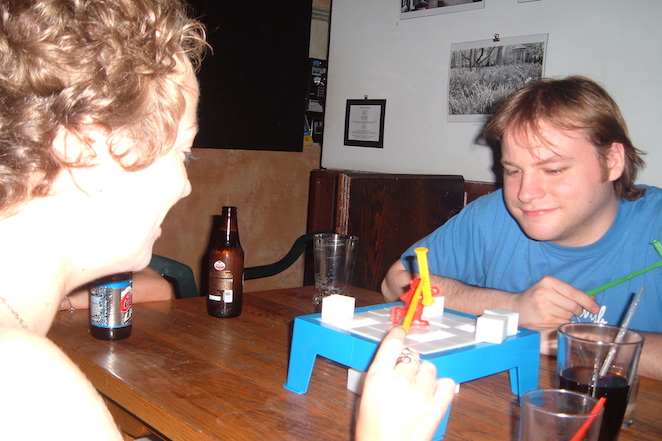 https://boardgamegeek.com/boardgame/4888/dont-break-ice
https://boardgamegeek.com/boardgame/4888/dont-break-ice Don’t Break the Ice is kind of similar to Jenga, but instead of falling blocks, you have a falling polar bear.
Once you set up your ice rink, each player must take turns tapping out an ice block one by one. The goal of the game is to keep the polar bear from falling down.
This game can easily be played repeatedly because it normally only lasts around 15 to 20 minutes.
Crash Bandicoot
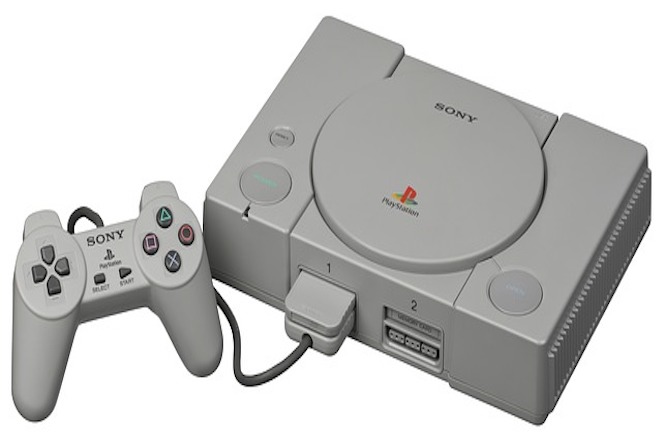 https://www.amazon.com/Crash-Bandicoot-PlayStation/dp/B00000I1BQ
https://www.amazon.com/Crash-Bandicoot-PlayStation/dp/B00000I1BQ Many older game consoles like Sega and Nintendo didn’t stand the test of time. However, the Sony PlayStation, which was released in 1995, was one of the luckier ones that remained as a household name.
Crash Bandicoot was one of the earlier games that could be played on a PlayStation. The game involves defeating enemies in order to progress to new levels.
It was released in 1996 and two decades later new adaptations of the game can still be played.
Splat!
 https://boardgamegeek.com/image/4339589/splat
https://boardgamegeek.com/image/4339589/splat Milton Bradley released the bug-squashing board game, Splat!, in 1995.
It’s an easy game almost anyone can play because the premise is quite simple. Each player must successfully get to the other end of the board without getting squashed by their opponent.
Unlike other games when the player gets sent back to the start when they get bumped, in this game the opponent gets the satisfaction of squashing another player’s pawn!
Gooey Louie
 http://www.gooeylouiegame.com/how-to-play
http://www.gooeylouiegame.com/how-to-play What kid isn’t fascinated by boogers? The Gooey Louie was everything a ’90s kid could have ever wanted in a game.
Once you get Louie’s head correctly set up, each player must roll the die to see how many times they get to pick from Louie’s nose.
The object of the game is to successfully pick “gooeys” out of Louie’s nose without making his brains fall out.
As disgusting as it may sound, it’s somehow still a top-selling children’s game.
Ask Zandar
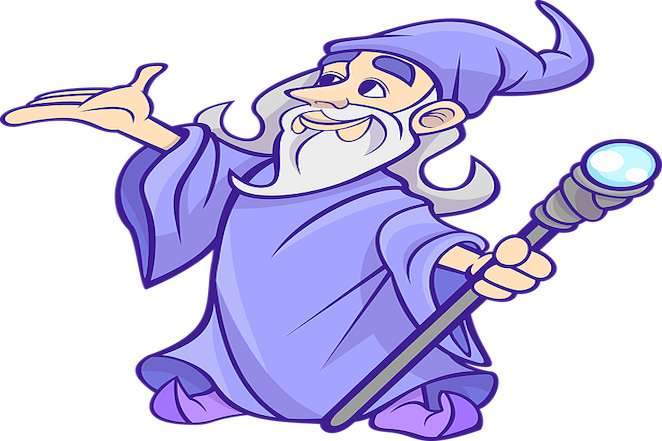 https://boardgamegeek.com/boardgame/9686/ask-zandar
https://boardgamegeek.com/boardgame/9686/ask-zandar Playing Ask Zandar as a kid was a mystical experience. Each player had to draw a question card and guess if the Zandar would answer their question positively or negatively.
After they answered, the player would then wave their hand over Zandar’s globe to hear his response.
If the player correctly guessed Zandar’s response, they would be rewarded with a gem. However, if they answered incorrectly, they would need to return one of their existing gems.
Don’t Wake Daddy
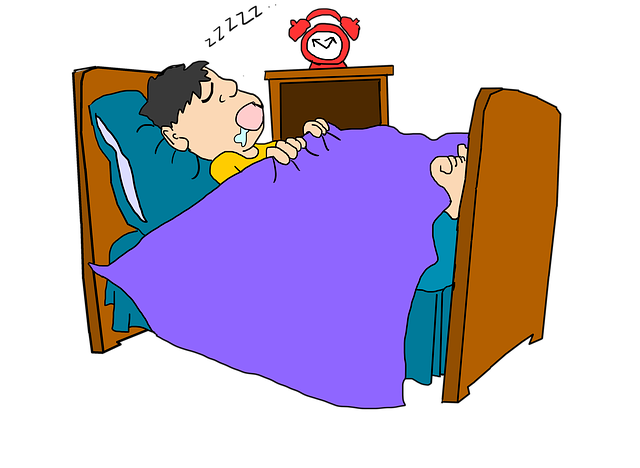 https://www.revolvy.com/page/Don%27t-Wake-Daddy
https://www.revolvy.com/page/Don%27t-Wake-Daddy Parker Brothers released the Don’t Wake Daddy board game in 1992 and it quickly became one of the most popular toys of the year.
The game is exactly what it sounds like: players must sneakily move around the board without waking up the daddy. If a player happens to land on a color noise space that doesn’t match their assigned color card, then they must make one of several noises that could potentially wake up “daddy”.
If “daddy” suddenly jerks upright from his bed, he has woken up and you must return to the beginning of the board.
Jumanji
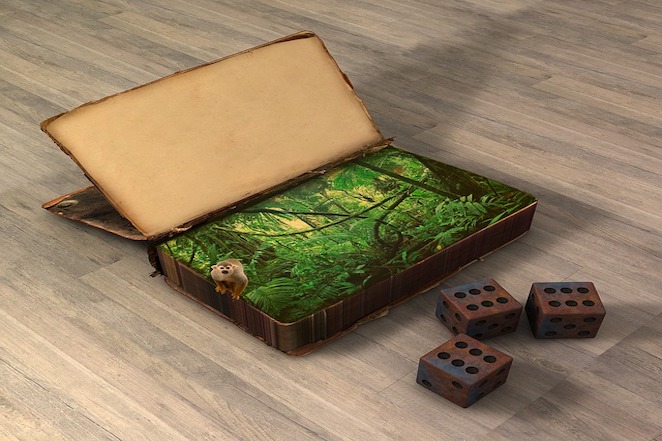 https://allaboutfunandgames.com/the-1995-board-game-of-jumanji
https://allaboutfunandgames.com/the-1995-board-game-of-jumanji Jumanji is a fantasy box office hit that was released in 1995. The movie is about two siblings who play a mystical board that ends up unleashing a world of chaos and adventure on them.
A few months after the movie was released, Milton Bradley came out with a real-life Jumanji board game.
The game revolves around the same premise as the movie. All players could potentially lose if they roll a certain number and the jungle overtakes them.
The Cootie Game
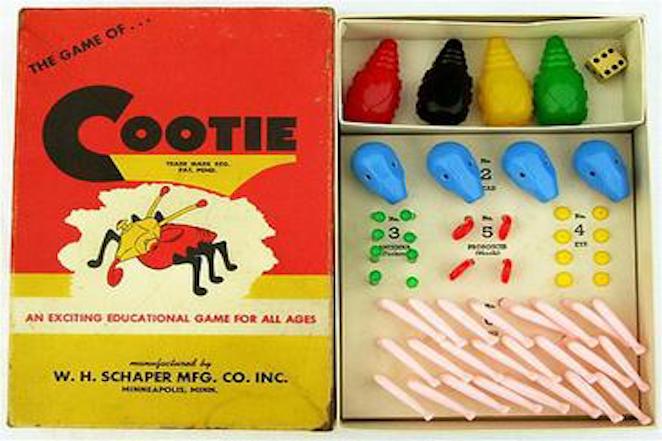 https://www.minnpost.com/mnopedia/2019/07/remember-the-game-cootie-it-was-invented-in-minneapolis/
https://www.minnpost.com/mnopedia/2019/07/remember-the-game-cootie-it-was-invented-in-minneapolis/ There are some board games that can’t be played by children who haven’t learned how to read or write yet.
Luckily, The Cootie Game wasn’t one of those.
Each player must roll the die to find out which corresponding body part they can add. The goal of the game is to successfully build a cootie creature before the other opponents.
Pass The Pigs
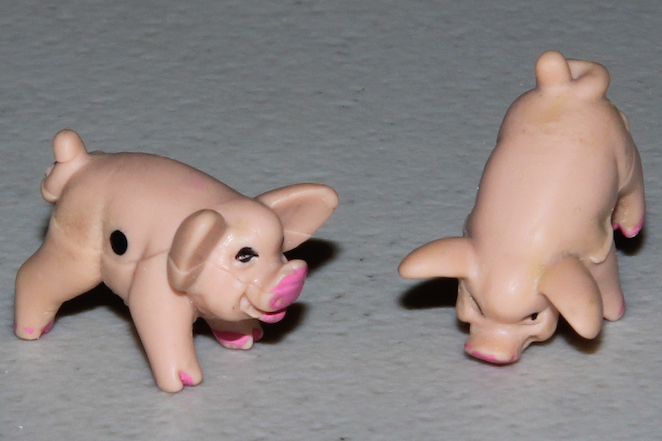 https://www.theboardgamefamily.com/2017/08/pass-pigs-big-pigs-game-review/
https://www.theboardgamefamily.com/2017/08/pass-pigs-big-pigs-game-review/ Pass The Pigs is a game the whole family can enjoy. For ’90s kids growing up, the newer version of the game isn’t much different from what they remember.
The premise of the game is quite simple and partly why everyone loves to play it.
Each pig has dots on their body to help determine what position it lands on and how many points you should receive. Once a player reaches 100 points, they are automatically appointed the winner!
The Babysitters Club Game
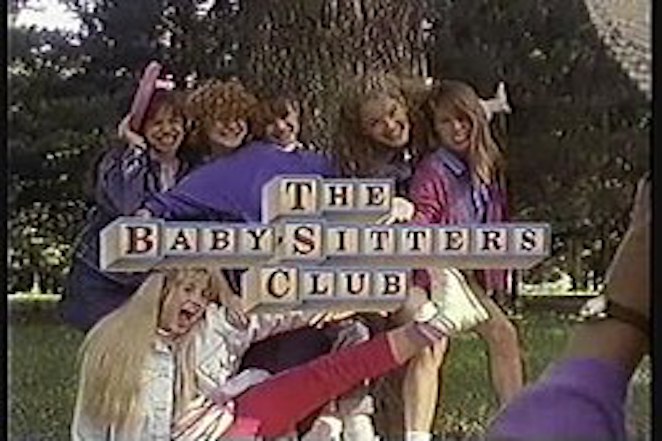 https://babysittersclub.fandom.com/wiki/The_Baby-Sitters_Club_Game
https://babysittersclub.fandom.com/wiki/The_Baby-Sitters_Club_Game Before there was a Baby-Sitters Club board game there was the Baby-Sitters Club book series. The books revolve around the lives of five teenage girls who created their own babysitting business in their neighborhood.
It’s no surprise that the board game revolves around girly gossip and asking each other silly-fun questions about babysitting, school crushes, and best friends.
The Babysitters Club board game was a vital part of most girls growing up in the ’90s.
Trouble
 https://boardgamegeek.com/boardgame/1410/trouble
https://boardgamegeek.com/boardgame/1410/trouble One of the best parts of playing Trouble was pushing down on the Pop-O-Matic to roll the die.
Each player has a certain amount of pawns on the board and gets to move one pawn per roll of the dice.
The goal of Trouble is to be the first person to get all their pawns across the line. If a player rolls the dice and lands on the same spot as their opponent, the opponent then gets bumped back to their home place.
Sonic The Hedgehog
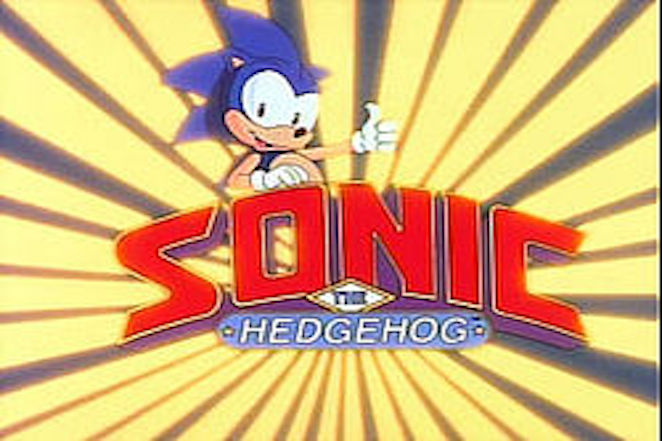 https://www.retrogames.cz/play_117-Genesis.php?language=EN
https://www.retrogames.cz/play_117-Genesis.php?language=EN The Sega Genesis Console was originally launched in October 1988, in Japan.
For many Americans, the game console didn’t become a popular household item until the early 1990s.
One of the most popular Sega Console games was Sonic The Hedgehog. The game features a bright blue hedgehog with supersonic speed.
The video game was released in North America in 1991 and quickly became a cult classic video game that is still played to this day.
Mouse Trap
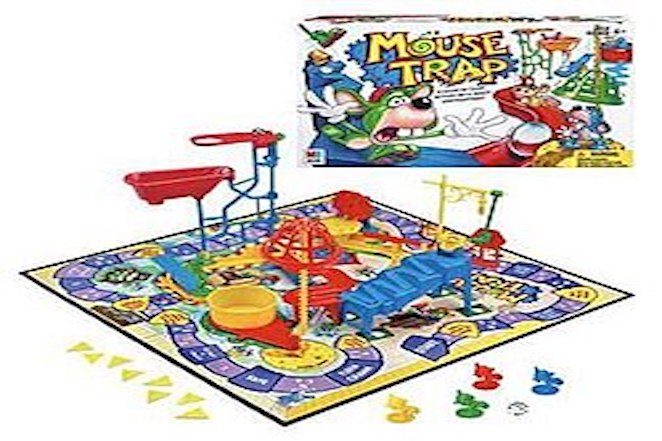 https://toytales.ca/mouse-trap-ideal-1963/
https://toytales.ca/mouse-trap-ideal-1963/ Marvin Glass and Associates originally released Mouse Trap in 1963. However, most ’90s kids remember constructing the Mouse Trap game with their friends and family growing up.
The game revolves around trying to capture other players on the board. One of the most exciting moments in the game is when you successfully escape a trap because it didn’t work properly.
Doom
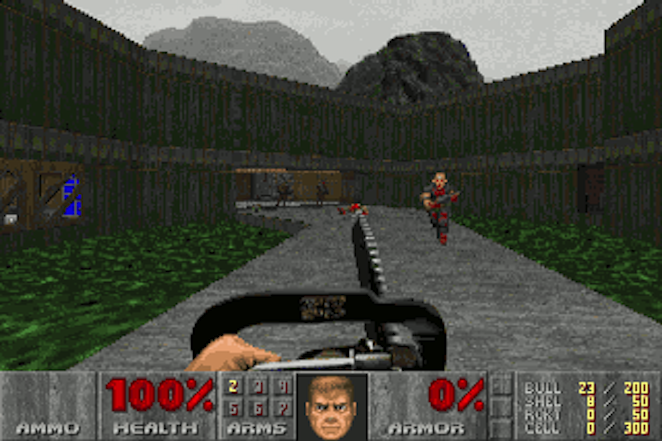 https://en.wikipedia.org/wiki/Doom_(1993_video_game)
https://en.wikipedia.org/wiki/Doom_(1993_video_game) There was a lot of speculation when Doom, a first-person shooter video game, was released in 1993.
Many parents were concerned about the game’s violence and the possible negative impact it could have on children. Fast forward over 25 years and now first-person shooter games are a billion-dollar business.
Doom was extremely popular and it is even considered to be the Call of Duty of its day.
PayDay
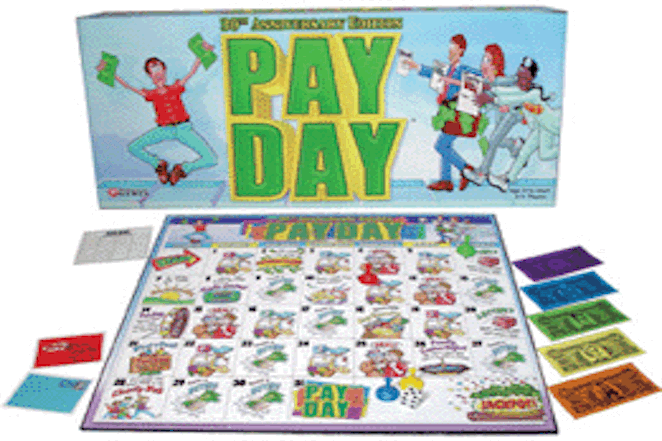 https://boardgamegeek.com/boardgame/1797/pay-day
https://boardgamegeek.com/boardgame/1797/pay-day The board game PayDay was a fun way to give children a glimpse into their inevitable adulthood.
The game revolves around a calendar month. Throughout the game, each player is dealt various bills and expenses.
Each player gets paid at the end of each month. However, if their salary doesn’t cover their bills, they must take out a loan.
The player who has the most money or least amount of debt wins!
Street Fighter II: The World Warrior
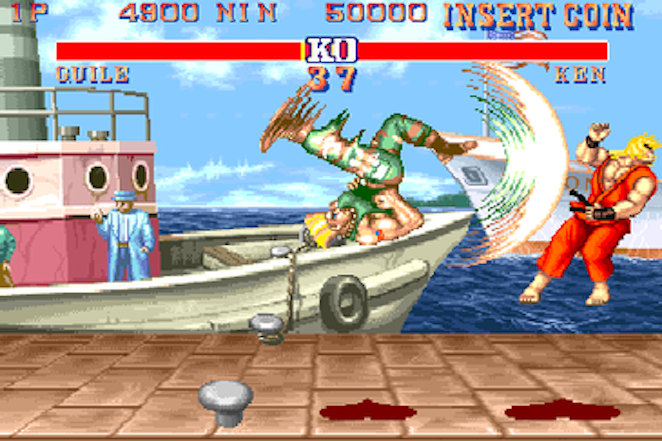 https://arcadespot.com/game/street-fighter-2-the-world-warrior/
https://arcadespot.com/game/street-fighter-2-the-world-warrior/ Capcom, a Japanese video game developer, released another arcade-favorite-turned-video-game in 1991.
Street Fighter II: The World Warrior is a competitive fighting game that allows you to play different characters who have their own unique fighting style.
The video was also one of the firsts to introduce six-button configurations and different combo systems.
Risk
 https://boardgamegeek.com/boardgame/181/risk
https://boardgamegeek.com/boardgame/181/risk Most ’90s kids will remember the pure adrenaline of playing Risk with their friends and family.
At that time, there weren’t many other board games that allowed you to attack other players just by determining who had the highest dice roll.
Risk allowed players to move armies and take over an enemy’s territory. For kids, it was the closest thing they came to conquering the world.
Eat at Ralphs
 https://boardgamegeek.com/boardgame/30091/eat-ralphs
https://boardgamegeek.com/boardgame/30091/eat-ralphs Eat at Ralphs may sound like a restaurant board game, but it’s a bit different than you might expect. The goal of the game is to be the first player to gorge Ralph without having him throw up.
Each player must roll to see how many items of food they can feed him.
If the player ends up feeding him too much, Ralph may regurgitate the food and you could be left with more food tokens than you originally fed him.



























